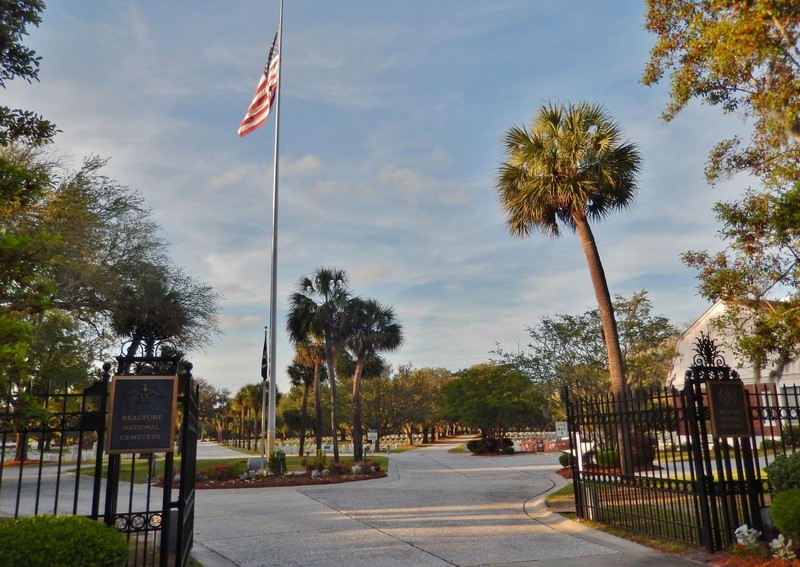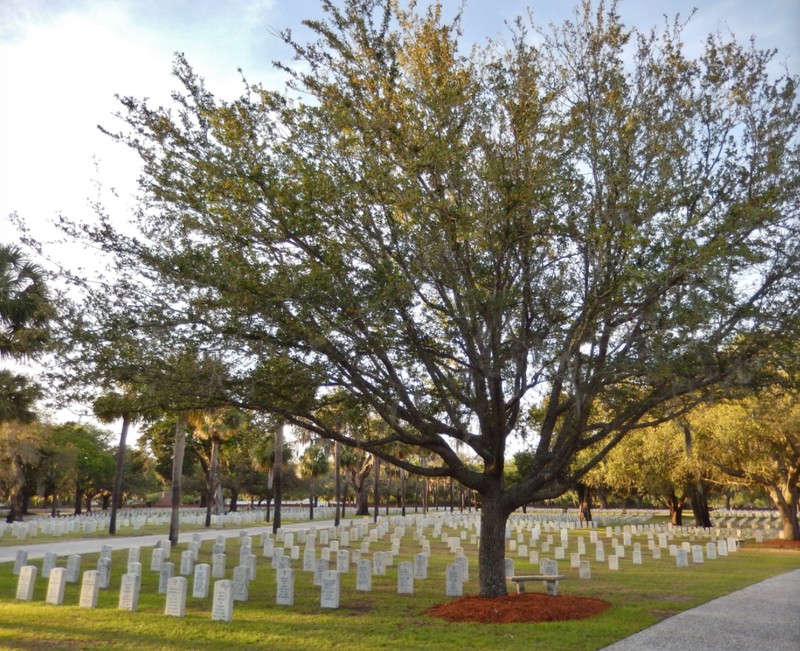Beaufort National Cemetery
Introduction
Text-to-speech Audio
Images
Beaufort National Cemetery was established in 1863 and contains the burials of over 19,000 veterans.


Backstory and Context
Text-to-speech Audio
As the the numbers of deceased Union soldiers continued to rise during the Civil War, it became clear to the federal government that a system was need to bury them. As a result, in July 1862 President Lincoln signed the Omnibus Act that established 14 national cemeteries. The primary reason Beaufort National Cemetery was established was to bury Union soldiers who had died during and after the Battle of Port Royal, which lasted from November 3-7 1861. The Union won the battle and gained control of the city for the duration of the war.
The remains of the 19 Black Union soldiers were discovered in May 1987 on Folly's Island (which is near the city of Charleston) by souvenir hunters using metal detectors. An excavation conducted by the South Carolina Institute of Archaeology and Anthropology identified them as members of the two all-Black regiments. Pat Conroy's father, Donald, was the inspiration for the character of the father in Conroy's novel The Great Santini. The cemetery was added to the National Register of Historic Places in 1997.
Sources
"National Cemetery System." The Historical Marker Database. Accessed February 9, 2021. https://www.hmdb.org/m.asp?m=134423.
"Beaufort National Cemetery." The Historical Marker Database. Accessed February 9, 2021. https://www.hmdb.org/m.asp?m=134421
"Beaufort National Cemetery." National Cemetery Administration. Accessed February 9, 2021. https://www.cem.va.gov/CEM/cems/nchp/beaufort.asp#ed.
Sammartino, Therese T. "Beaufort National Cemetery." National Park Service - National Register of Historic Places Nomination Form. October 10, 1997. https://npgallery.nps.gov/GetAsset/3f61b592-3fee-40ab-9dcd-138bdf36cf9e.
Both images by Cosmos Mariner via The Historical Marker Database
